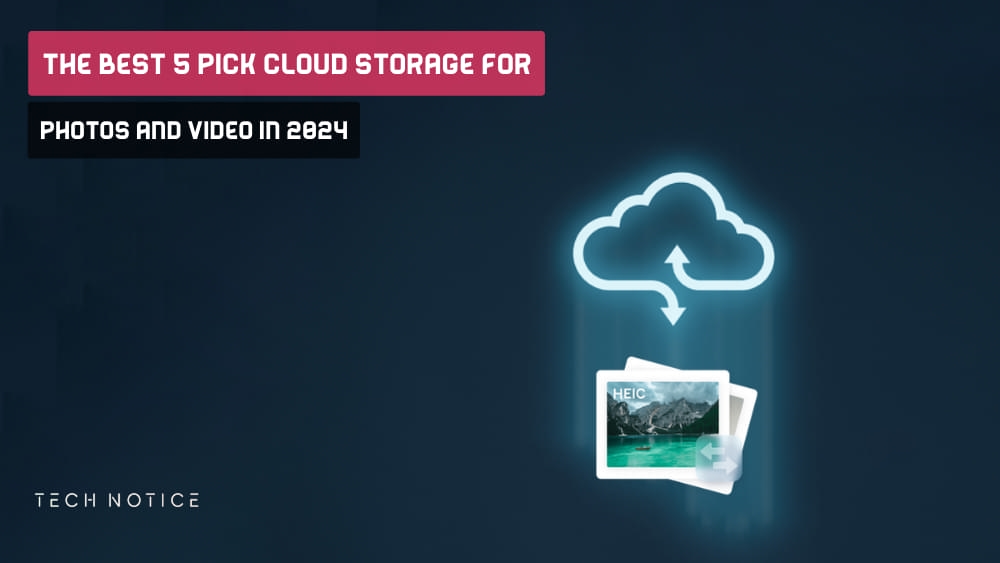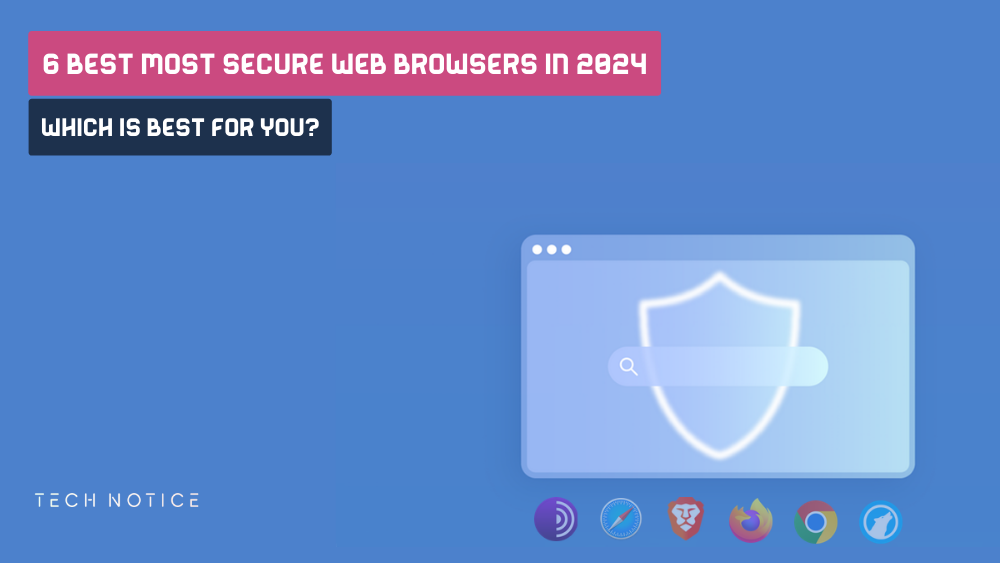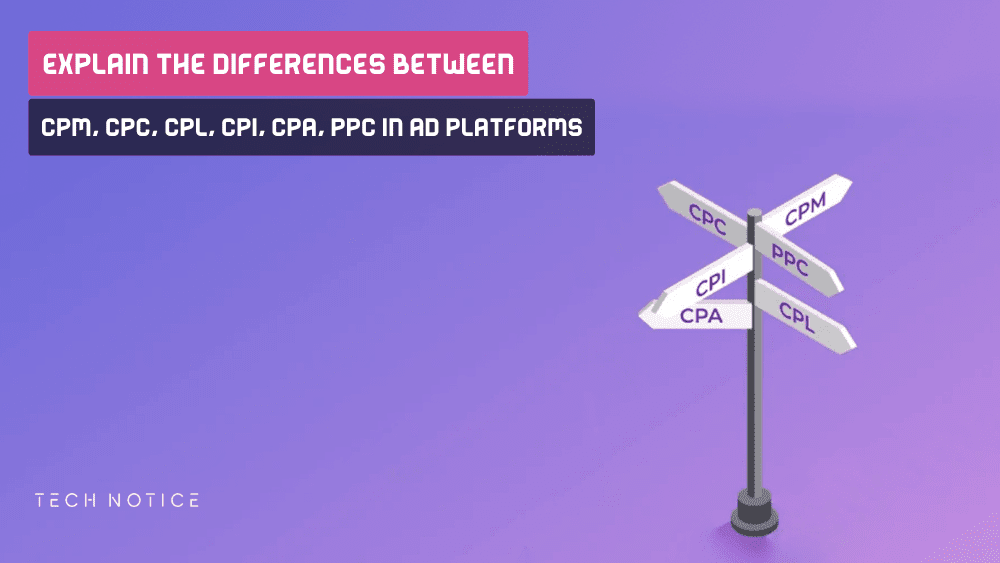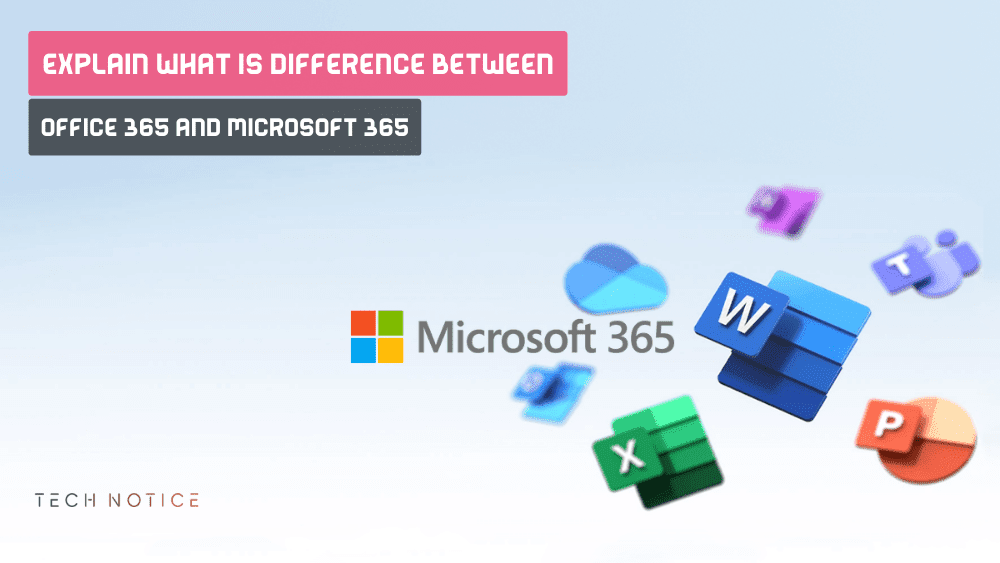# Explain Why The High Bounce Rates When Email Marketing

What is bounce in email marketing? Why does the email bounce? What are the types of bounced e-mail messages? And how can we reduce the bounce rate? All these questions we will answer in this article.
What is a bounce rate in email?
In a previous article we talked about the 5 way to verify bulk email address verification , and in the context of the article we asked a question that we answered briefly, which is What is the bouncing rate in email account?
We will re-ask this question again in this article because it is the appropriate place to answer it, and we will answer it with the best possible example in order to be properly understood.
So let’s say we have two mail servers, the first we call it (A), and the second we call it (B), and both servers use the Gmail platform from Google to exchange text messages.
Now server (A) will send email to server (B), where in normal and normal cases the second server will receive the message that was sent from the first server without problems, and it will be included in the incoming mail.
But in unusual cases and this is the reason for writing this article, server (B) will reject the message and will not be included in the recipient’s inbox, and will return it to the owner of the sent mail.
In this case, the process will be called bounce mail, which will be returned to the messenger server.
Why do emails bounce?
According to the studies that were conducted on the cause of e-mail bounce, 6 types of bounces were discovered, which may be one of the reasons in the bounced email between the servers when sending and receiving the message.
Transient bounce rate
the reason is the server can not send email temporarily, but it is still trying to send email to the recipient, in this case you can not do anything on your end, you just have to wait.
Abuse and fraudulent bounce rate
This problem usually occurs when the recipient clicks on the email and reports it as spam or fraudulent mail, and any mail sent by the sender in the future will be returned to him as fraudulent mail.
Block bounce rate
This type of bounce occurs when the recipient’s server has a black list of mailing addresses or servers that are blocked from receiving its messages.
in which case the recipient will not receive any messages from the blocked mailing list, and it will bounce back to its sender.
One of the solutions, but may be unhelpful at times, which is to contact the owner of the server or the host company to request the unblocking of your server.
and as we mentioned that it is a not useful solution sometimes, and in many cases your server will be blocked forever.
Hard bounce rate
It usually occurs when the received mail does not exist, or the account has been deleted from the list of active mail servers to receive mail, so you should refer to our previous lesson on the best ways to check your mailing list .
Soft bounce rate
This problem usually occurs on the part of the recipient, his storage space may be full or there is no space to add messages to the mailing list, and this problem can be solved after an hour or a day, so the problem is not on the sender’s side.
General bounce rate
You may not believe this, but it is a problem whose causes are not known, the email just bounces without any apparent reason for it, so the solutions for it may be unknown.
How does a high bounce rate affect my email marketing campaigns?
Very simply, if you get a high bounce rate while doing your email campaign, your account will be banned or your account will be suspended, and in the best cases, you will be blacklisted.
Make sure that the companies that provide the e-mail services have the ability to monitor your account.
So any suspicious activity on your part will cause these companies to increase monitoring of your account activity, and when any suspicious activity is detected, you will receive an immediate penalty.
That is why it is very important to solve bounce problems before starting any email marketing campaign.
And the best solutions is to do to reduce email bounce rate by checking your mailing list and filtering bad emails.
How can the bounce be dealt with, and how is the high bounce problem solved?
Dealing with bounce is a way to deal with bounce emails and avoid high bounce in your own account, as a simplified example, if you send 10 marketing messages to 10 potential customers, and they bounce back to you 3 messages are sent.
In order to avoid this problem on your server, you will have to remove the mailing addresses from your mailing list that caused a bounce in your account or server email, or if the bounce is mild, you will try to message again.
This process can be done either by the marketing company for e-mail marketing that you have subscribed to (such as Mailchimp, Aweber), which automatically does this process without your intervention.
Or if you use your own marketing system, you will have to deal with the bounce yourself, through your own program that gives it the necessary instructions to deal with the mailing addresses that give you bounce rate high.
What are the best solutions to reduce the bounce rate when starting a marketing campaign?
The best solution, without controversy, is to clean your mailing list from the emails that may cause you a huge bounce in your server.
And for this we have put for you a list of 5 ways to check your mailing list before starting your marketing campaign.
If you have a site or account with which you collect your mailing list, or you have your own community.
Always make sure that those whose email addresses you will take have active accounts that can be accessed and messaged.
The important thing is to make sure that your account does not send your marketing campaigns to list of spam, which is one of the dangerous factors that may harm your account in the near future.
And also monitor the bounce rate to make sure that your advertising campaign is successful.
and whenever you see that the bounce rate has increased, you should immediately stop your marketing campaign, because it is like a snowball, where the higher the bounce rate the worse the results.

PS3 Slim Reviews: Is Sony PS3 Slim Still Worth Buying In 2025!
By Zouani in - 16 Mar, 2024
The Best 5 Pick Cloud Storage For Photos And Video In 2025
By Zouani in - 16 Jan, 2024
6 Best Most Secure Web Browsers In 2025: (Which Is Best For You?)
By Zouani in - 18 Nov, 2023
Explain The Differences Between CPM, CPC, CPL, CPI, CPA In Ad Platforms
By Zouani in - 25 Oct, 2023
Exploring The PS3 Super Slim: A Closer Look At Sony’s Iconic Console
By Zouani in - 27 Sep, 2023
What Is Difference Between Office 365 And Microsoft 365
By Zouani in - 27 Sep, 2023




